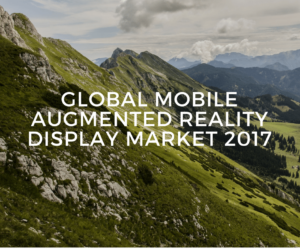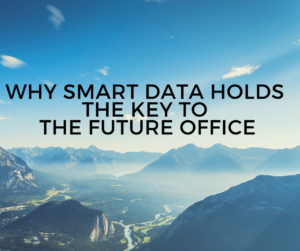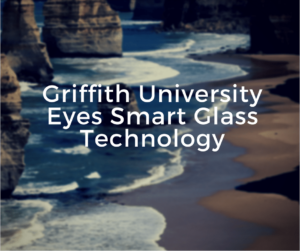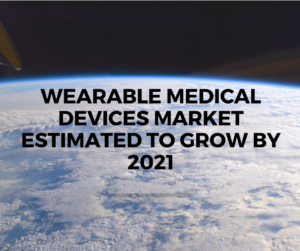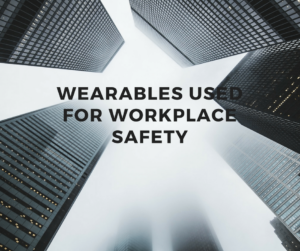Wearable Technology Continues Advancement in Construction
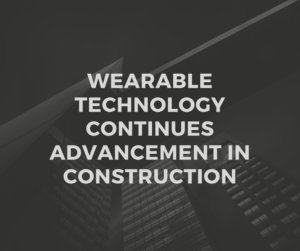
The construction industry has many companies turning to wearable technology to help manage risks and incidents at work according to an article on Insurance Business Mag. They believe occupational injuries and illnesses are estimated to cost the US £250 billion a year but companies using wearables are gaining huge insurance benefits.
The article discusses how Triax Technologies is one such company in the construction wearable technology industry, who is launching their sensor technology this year.
Chief Operating Officer at Triax, Pete Schermerhorn has said the company’s product is worn on all workers’ belts on a construction site. The sensors track all workers whereabouts and have an emergency locator button for accidents and injuries.
“It’s a safety system for construction. If someone slips, trips, or falls on site, this sends an automatic notification [to a site supervisor] that someone has hit the ground. The system logs how high they fell, where they fell on site, and who else was in the geographic area – so that’s important information, obviously, from a claims perspective,” Schermerhorn said.
The wearables provide, according to Triax, “real-time, data-driven visibility in the challenging construction site environment. It helps to improve worker safety and reduce incident response times, while enabling general contractors to better manage projects and labour productivity”.
